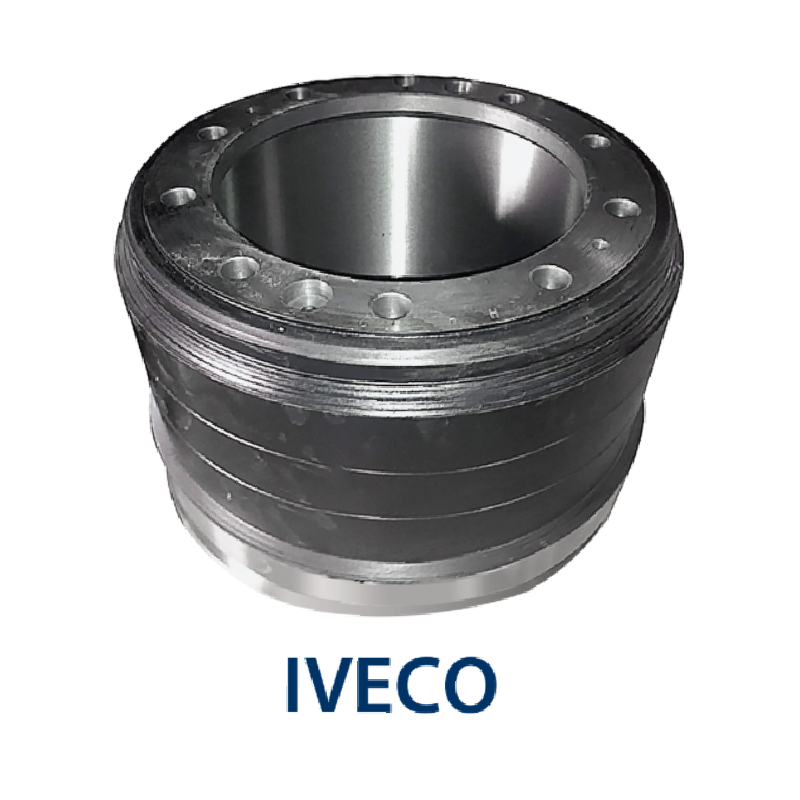Dec . 25, 2024 08:32 Back to list
Guidelines for Selecting Brake Drum Specifications for Optimal Vehicle Performance
Understanding Brake Drum Specifications
Brake drums are critical components in a vehicle's braking system, primarily used in drum brake systems. While disc brakes have gained popularity for their performance and efficiency, brake drums still play a significant role in many vehicles, especially heavier ones like trucks and buses. Understanding the specifications of brake drums can help in selecting the right replacement parts and ensuring optimal vehicle performance.
What is a Brake Drum?
A brake drum is a cylindrical component that houses the brake shoes. When you press the brake pedal, hydraulic force is generated, pushing the brake shoes against the inner surface of the drum. This contact creates friction, which slows down or stops the vehicle. The efficiency of this braking process relies heavily on the brake drum's specifications, including its material, dimensions, and design.
Key Specifications
1. Material Brake drums are typically made from cast iron or aluminum. Cast iron is favored for its excellent heat dissipation properties and durability, making it the most common choice for heavy-duty applications. Aluminum drums, while lighter and resistant to rust, are often used in performance applications due to their ability to provide better thermal management at high speeds.
2. Diameter The diameter of a brake drum is a critical specification that affects braking performance. Larger diameters generally provide more surface area for the brake shoes, leading to increased braking efficiency. However, the diameter must match the vehicle's specifications. Using the wrong size can lead to improper shoe contact and dangerous braking situations.
3. Width The width of a brake drum must also be aligned with the brake shoes it will work with. A wider drum increases surface area but may add weight and impact performance. Conversely, a narrower drum reduces weight but may compromise braking power.
4. Depth The depth of the drum determines how far the brake shoes can expand when engaged. Adequate depth ensures efficient contact with the shoes, preventing slippage and maintaining a consistent braking performance.
brake drum specifications

5. Weight The weight of the brake drum can affect the overall performance of the vehicle, particularly in larger vehicles. Heavier drums can provide better stability and control but may also impact fuel efficiency.
6. Ventilation Some brake drums come equipped with ventilation holes or designs that allow for better airflow. Ventilation helps to dissipate heat generated during braking, reducing the risk of brake fade, which can occur when brakes overheat and lose effectiveness.
Choosing the Right Brake Drum
When selecting a brake drum, it is crucial to consider these specifications alongside the type of vehicle and its specific needs. Consulting the vehicle’s manual for OEM (Original Equipment Manufacturer) specifications ensures that the chosen drum fits perfectly and performs optimally. Additionally, when upgrading or replacing brake drums, it is vital to pair them with compatible brake shoes to enhance overall braking performance.
Maintenance and Inspection
Regular inspection of brake drums is essential for vehicle safety. Signs of wear, such as scoring or cracking, indicate that it may be time for replacement. Moreover, periodic maintenance, including cleaning and adjusting the brake shoes, can prolong the life of the drum and improve braking efficiency.
Conclusion
Brake drum specifications are paramount to ensuring safe and effective braking performance. Understanding materials, dimensions, and design principles helps vehicle owners and technicians make informed decisions. A well-maintained brake drum system not only enhances safety but also contributes to the overall longevity of the vehicle. Whether you are maintaining a family car or managing a fleet of commercial vehicles, paying attention to brake drum specifications is a crucial aspect of vehicle maintenance.
-
Scania Brake Drums: OEM Quality for Optimal Safety & Durability
NewsAug.16,2025
-
R.V.I: Advanced Remote Visual Inspection for Precision
NewsAug.15,2025
-
Discover HYUNDA: Innovative Vehicles, Equipment & Solutions
NewsAug.14,2025
-
R.V.I: Unlock Advanced Insights & Real-time Performance
NewsAug.13,2025
-
Kamaz Brake Drum: Durable & Reliable for Heavy Duty Trucks
NewsAug.12,2025
-
Heavy Duty Iveco Brake Drum - Premium Quality & Safety
NewsAug.11,2025
